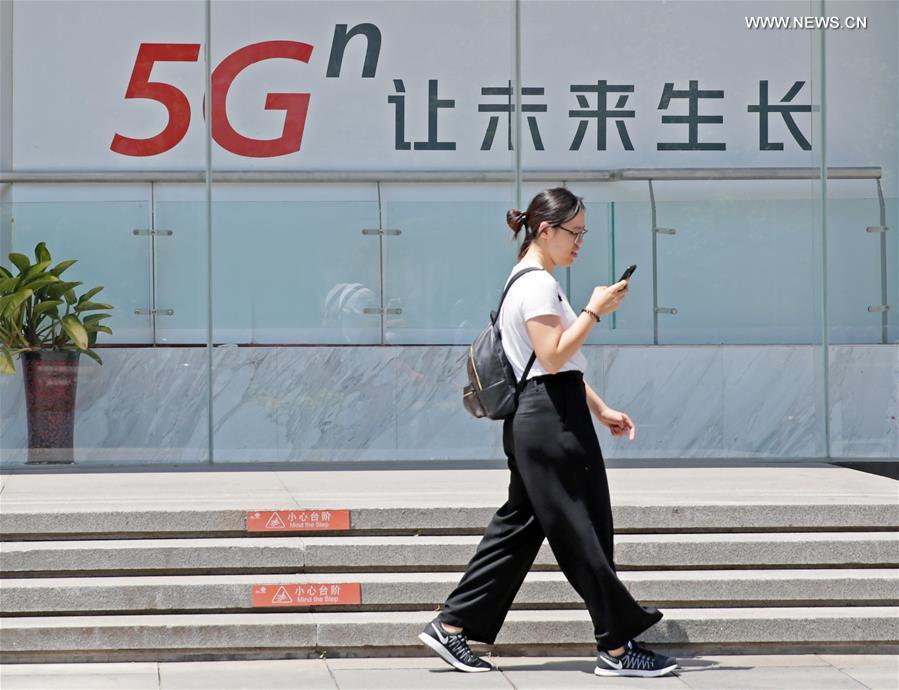SAN FRANCISCO, June 2 (Xinhua) -- Chinese companies need to shift the thinking from continuous innovation to disruptive innovation, which is the key to pushing its development into higher levels, an innovation expert at Stanford University told Xinhua in a recent interview.
Edison Tse, director of the Asia Center of Management Science and Engineering at Stanford University, has been teaching his new theory on China innovation and industry transformation to Chinese executives since March 2003.
Tse said there are two types of innovation, namely, continuous innovation and disruptive innovation.
"Continuous innovation is optimizing the industrial chain to increase values, while disruptive innovation is from 0 to 1 and creating totally new values," said Tse, who in recent years has dedicated his research effort to dynamic entrepreneurial strategy and transformation of Chinese production economy to innovation economy.
The theory of continuous innovation and disruptive innovation comes from Tse's long-term observation of Silicon Valley, which builds its success on disruptive innovation.
"People in Silicon Valley first invented personal computers, then combined hardware with software. With the emerging of smart devices, they further combined content with hardware and software, in which process new values were constantly created," he said.
While technology advancement is an important part of disruptive innovation, what's more important is a totally new way of thinking, he added.
"Disruptive innovation does not mean innovation by one alone. Rather, it is to build a platform that provides innovation opportunities for others and create a whole new ecosystem," said the Stanford professor.
He took Apple for example, saying the company had the continuous innovation thinking in its early days.
Apple focused on both hardware and software, making a closed operating system and gave few opportunities for other players to participate in the innovation process, he noted, adding this approach led the company to the brink of collapse in the mid-1990s.
When Apple was designing iPhone, it started to take a disruptive innovation thinking, in which the company built an open ecosystem that other developers could help to build through App Store, Tse said.
Tse suggested that most Chinese companies are still focusing on continuous innovation, but the opportunity will shrink as the bar for innovation gets higher, and will inevitably lead to development bottleneck.
"Disruptive innovation is what Chinese companies need most," he noted.
"Chinese companies need to take the approach of disruptive innovation to create a new market, provide new jobs and strengthen the middle class," said Tse.
The theory of disruptive innovation, he noted, fits the Chinese culture and is a reflection of the traditional Chinese wisdom of universal harmony.




 A single purchase
A single purchase









